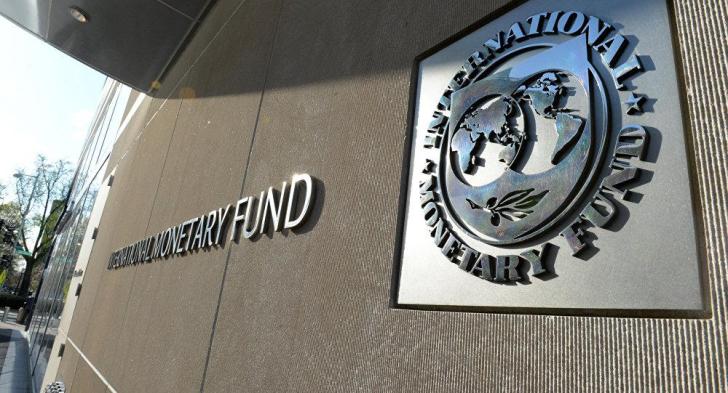News / Local
Zimbabwe inflation to hit 400% by year end, says IMF
13 Oct 2023 at 05:36hrs |
527 Views

The International Monetary Fund (IMF) has forecast that Zimbabwe's annual inflation rate is expected to rise to nearly 400% by the end of the year due to the depreciation of the local currency. This projection comes despite the Zimbabwe National Statistics Agency revising its inflation calculation method for the second time in the year.
According to the IMF's World Economic Outlook report, Zimbabwe's annual inflation rate is predicted to reach 396.2% by the end of this year and 190.2% in 2024. Notably, the October inflation projections are an upward revision of 224 and 55.6 percentage points, respectively, from the fund's April projections for 2023 and 2024.
Zimbabwe currently has the highest annual inflation rates in Africa, with an annual inflation rate of 18.4% in September following the adoption of a geometric aggregation method for analyzing the consumer price index.
Despite this challenging economic climate, the IMF has revised the country's gross domestic product (GDP) growth upward by 1.6 percentage points to 4.1% for this year, and it projects a one percentage point increase in GDP growth to 3.6% for 2024. However, the lower growth rate for 2024 is attributed to the potential negative impact of an El Niño drought on the agricultural sector's cash crops and international mineral prices.
IMF's inflation projections suggest that Zimbabwe faces significant economic challenges, including price and exchange rate instability, structural bottlenecks, global headwinds, and a high wage bill, as well as high interest payments.
Despite Zimbabwe's high GDP growth in 2022 driven by continued agricultural production and favorable international mineral prices, the country still grapples with triple-digit inflation and persistent poverty. The World Bank emphasizes the need to address issues related to structural transformation and vulnerability, including shocks such as drought, natural disasters, and the COVID-19 pandemic.
Additionally, Zimbabwe's unsustainable debt and arrears to international financial institutions continue to limit fiscal space and growth potential, as stated by the World Bank.
According to the IMF's World Economic Outlook report, Zimbabwe's annual inflation rate is predicted to reach 396.2% by the end of this year and 190.2% in 2024. Notably, the October inflation projections are an upward revision of 224 and 55.6 percentage points, respectively, from the fund's April projections for 2023 and 2024.
Zimbabwe currently has the highest annual inflation rates in Africa, with an annual inflation rate of 18.4% in September following the adoption of a geometric aggregation method for analyzing the consumer price index.
Despite this challenging economic climate, the IMF has revised the country's gross domestic product (GDP) growth upward by 1.6 percentage points to 4.1% for this year, and it projects a one percentage point increase in GDP growth to 3.6% for 2024. However, the lower growth rate for 2024 is attributed to the potential negative impact of an El Niño drought on the agricultural sector's cash crops and international mineral prices.
IMF's inflation projections suggest that Zimbabwe faces significant economic challenges, including price and exchange rate instability, structural bottlenecks, global headwinds, and a high wage bill, as well as high interest payments.
Despite Zimbabwe's high GDP growth in 2022 driven by continued agricultural production and favorable international mineral prices, the country still grapples with triple-digit inflation and persistent poverty. The World Bank emphasizes the need to address issues related to structural transformation and vulnerability, including shocks such as drought, natural disasters, and the COVID-19 pandemic.
Additionally, Zimbabwe's unsustainable debt and arrears to international financial institutions continue to limit fiscal space and growth potential, as stated by the World Bank.
Source - newsday
Join the discussion
Loading comments…




















